Home > Simple and Functional: Into the Breach Review
Originally published on Nintendo Castle.
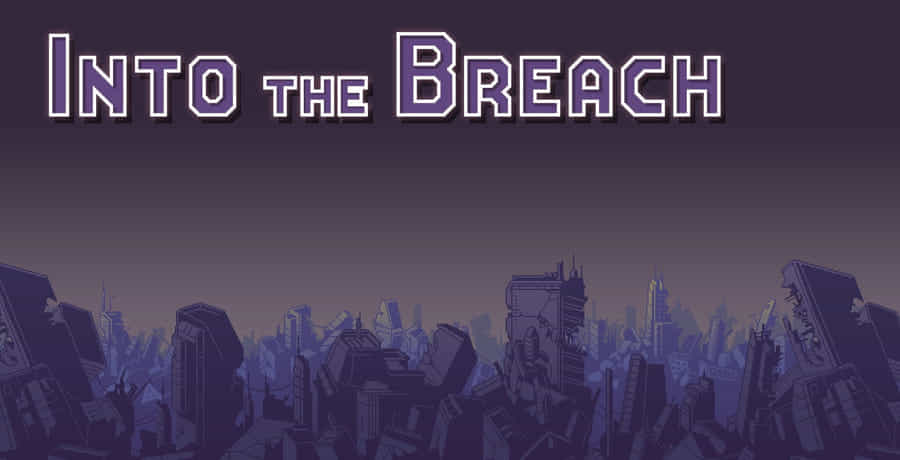
Into the Breach is an arcade-esque strategy game created by the developers of FTL (Faster Than Light). It is a short, simple rogue-lite with a unique take on tactical, grid-based combat. While it isn't the most complex in terms of its mechanics, it is still a breath of fresh air for this genre and takes a creative approach to seemingly solidified mechanics. But, how well does it hold up in the face of conventional roguelikes, as well as grid-based strategy games as a whole?
Platforms: Switch, Steam [Reviewed], Stadia
Developer: Subset Games
Release: February 27, 2018
MSRP: $14.99
I've already mentioned the unique nature of Into the Breach's gameplay. Games are separated into different runs. These runs reflect the different timelines that the player can go down, and every time your success will vary based on your performance in a number of categories. These range from success on a turn-by-turn basis to overall strategy during the run, since resources rescued from the islands you liberate will end up helping you upgrade your current mechs. But, beware, since only one pilot can carry over from run to run. This makes for an interesting dynamic since you will be tempted to layer experience on this pilot. But, since that pilot can only act once per turn, this is a clever trap.
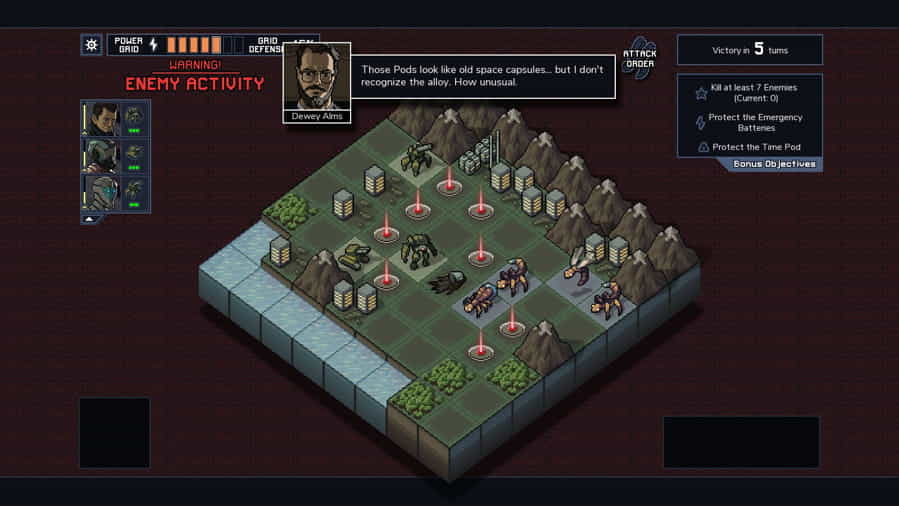
That is how I'd characterize Into the Breach's game design: a clever trap. Initially, the game will seem simple. Save civilians and complete objectives, get stronger, repeat. The goal of Into the Breach is actually more similar to attempting to stop a snowball from rolling down a hill. It might seem small at first, but use your health wrong and don't deny enemy spawns and you'll have an avalanche on your hands.
Into the Breach does a great job of layering on these traps to make the game seem like something it isn't. Saving buildings will increase your health, but later on, enemies will likely destroy the grid in a single turn, as well as your mechs. This makes it more important to prioritize health and mobility, as well as deny enemy spawns, allowing you to tank hits for your buildings and then in turn use your superior tactics to defeat as many enemies as possible per turn. In the late game, damage against enemies is essentially meaningless.
Master the basics, and you'll soon be eyeing a high score above all else, saving as many civilians as possible to increase your success. This allows you to unlock different mech types and squads, increasing the variety of gameplay you experience.
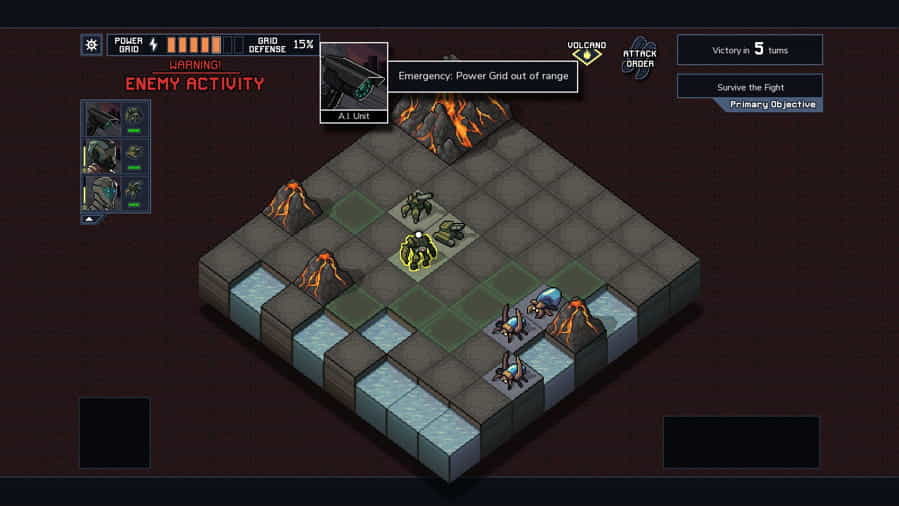
Compared to other grid-based tactical games such as Fire Emblem, Into the Breach is significantly simpler on the surface, but with surprising depth found in its core mechanics. Everything can be optimized, from upgrades to individual turns to which area to attack. Decision-making is everything, as it should be in a tactical game.
Presentation-wise, Into the Breach forgoes any attempt at making itself something it isn't. It is simple, clear, and satisfying to an absurd degree. Water is clear, enemy attacks are obvious, and environmental hazards are, you guessed it, very clearly visible. Music is simple generic background noise to help you think, and this is, to be fair, how it should be in a game like this.
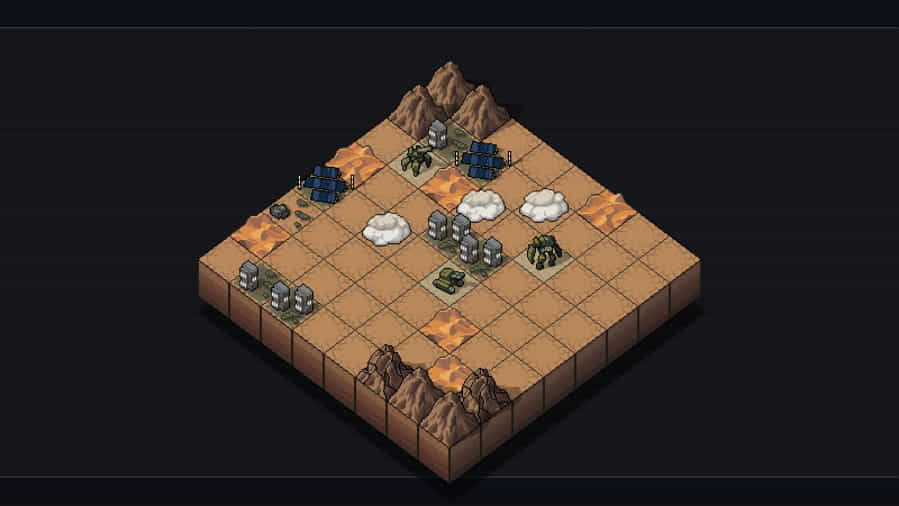
After my first session of Into the Breach, I felt a calling to the game, analyzing every mistake I made so as to improve and try again. It nails the roguelike rhythm better than most conventional roguelikes, and it does so by making mistakes brazenly obvious and your successes incredibly fulfilling. You feel genuinely cool while playing Into the Breach, and while this feeling likely doesn't last past the first couple playthroughs, it is more mentally stimulating than I'd care to admit during this extended learning period.
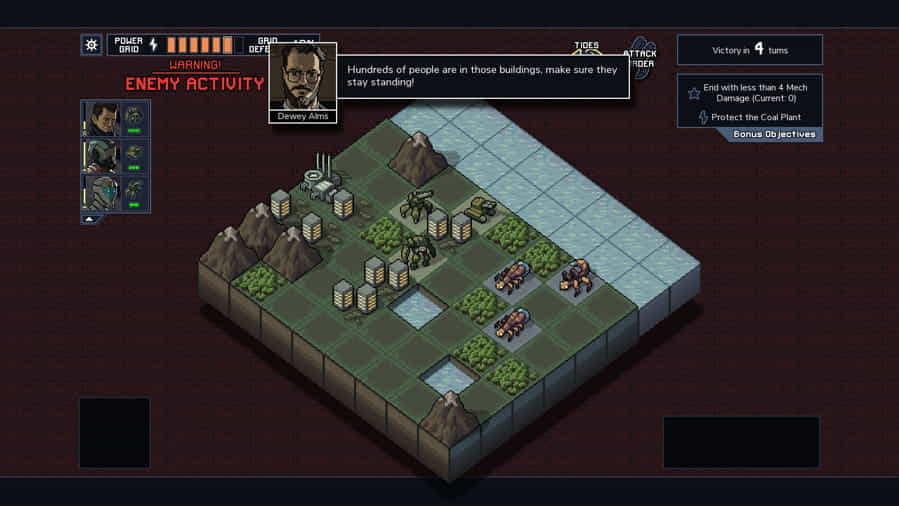
However, the game does lack a significant amount of content that many people expected from the studio in charge of FTL. It is simple, dynamic, and solid. But, it lacks a lot of the storytelling and random encounters of the studio's previous game. Despite that, this game is well worth the price and anyone even remotely interested in the genre will find a lot to love in this elegant tactical experience.
Pros:
- Simple, elegant gameplay
- Visually clear
- Tactically deep
- Relatively Cheap
- Lots of replay value
Cons:
- Mechanics take a while to learn
- Not very much content, with a lot of potential for more
- Underwhelming, but thematically fitting music
Verdict:
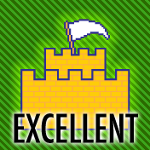
Excellent
Excellent games have our official recommendation and are examples of what every game should strive to be. These games feature exciting gameplay, engaging stories (when applicable), intuitive controls and movement, polished and fitting presentations, and good value. Above all else, these games are truly fun to play.
Want to know what this score means? Check out our Scoring Guidelines page.